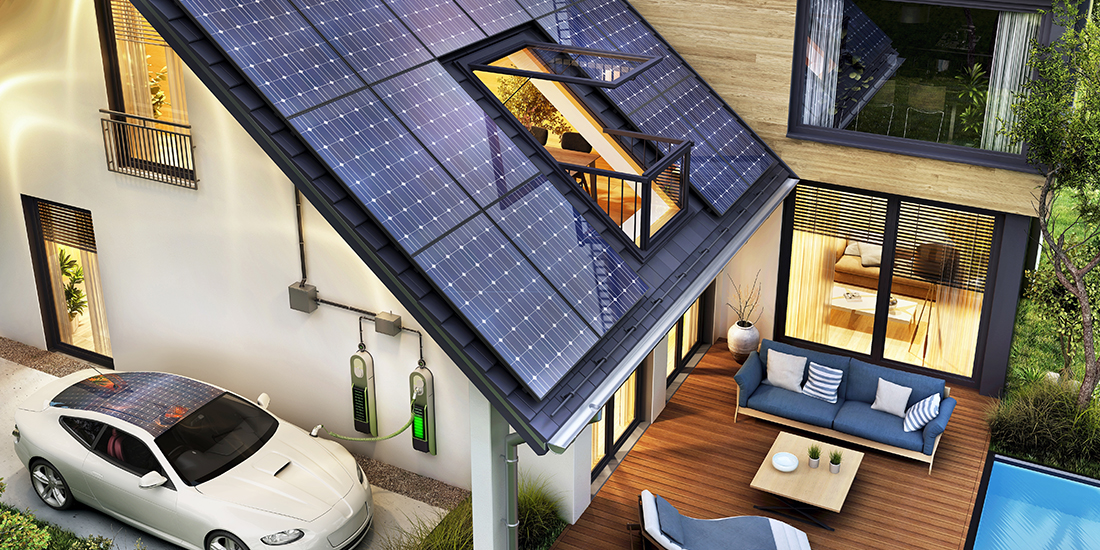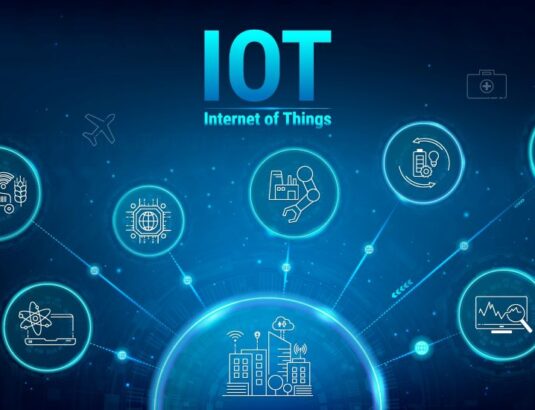


Off-Grid Living? The choice is yours
When you choose to live off grid, you generate your own power and subsist outside of the confines of traditional electricity grid, and you are completely autonomous. From this moment, batteries start playing a crucial role in your life because they give you the ability to store electricity for a later use.
There are several types of batteries used in off-grid life. Choosing the right one can be difficult but it’s the most crucial step for effectively harnessing solar power to achieve energy independency.
In recent years, more and more people prefer to live off the grid. But what exactly do we mean by “off-grid living”?
More specifically, we have collected the most common types and their features to help you choose the proper one.
Lithium-Ion Batteries
Lithium-Ion Batteries are rechargeable batteries which are primarily used in electronic devices and solar systems. They are mainly known for their high energy density and durability that can reach up to 20 years.
Lithium Iron Phosphate
Lithium Iron Phosphate is the type of battery commonly is found in solar generators, portable power stations and power Kits. Their constituent elements are iron phosphate and graphite. In contrast to Lithium-Ion Batteries, Lithium Iron Phosphate batteries are more environmentally friendly and efficient for storage. It is important to underline their faster charging and longer life span.
Lead Acid Batteries
This is another type of rechargeable battery. Lead Acid batteries may be quite inexpensive and resistant to deep discharges, but they require frequent maintenance, and they are incapable of storing that much energy in determinate space.
Flooded Lead Acid
Their composition consists of liquid electrolytes, which are not sealed inside the battery. They can be affordable with easy maintenance, but they can be unsafe as they produce hydrogen gas, which can be explosive in an enclosed space.
Gel Lead Acid
This type of battery contains a thick, gelatinous electrolyte mixed with a silica gel. They can be expensive, but they are safer for use indoors and more resistant to vibrations. However, they cannot store as much energy in each space.
AGM Lead Acid
AGM Lead Acid batteries are expensive but they are sealed and don’t produce hydrogen gas. However, they face problems with energy density and high self-discharge rate.
Nickel Cadmium Batteries
Nickel Cadmium Batteries include nickel oxide and cadmium as electrodes, and potassium hydroxide as electrolyte. They are suitable for applications that require a long-lasting power source and can be used in low temperatures. Particularly important is the fact that they may be toxic and harmful to the environment because of the cadmium they contain.
In conclusion, the best batteries for off grid living from the above options are lithium-ion and Lithium Iron Phosphate as they provide faster charging and better performance in extended use while their environmental impact is smaller.
Ecoflow portable power stations: the solution for off-grid living
Beyond the above options, InfoQuest Technologies makes the difference with the Ecoflow portable power stations. EcoFlow portable power stations offer unique innovations and advantages due to their unrivalled capabilities. Compared to other portable power stations, EcoFlow’s products feature fast charging that can reach 100% in almost 1 hour. They last up to 10 years of daily, demanding use. Also, they offer the ability to be remotely controlled and updated in real time. In summary, EcoFlow portable power stations offer everything you need to enjoy life off-grid, as well as being portable, silent, environmentally friendly, charged with renewable energy and can be used indoors providing a huge amount of energy.



